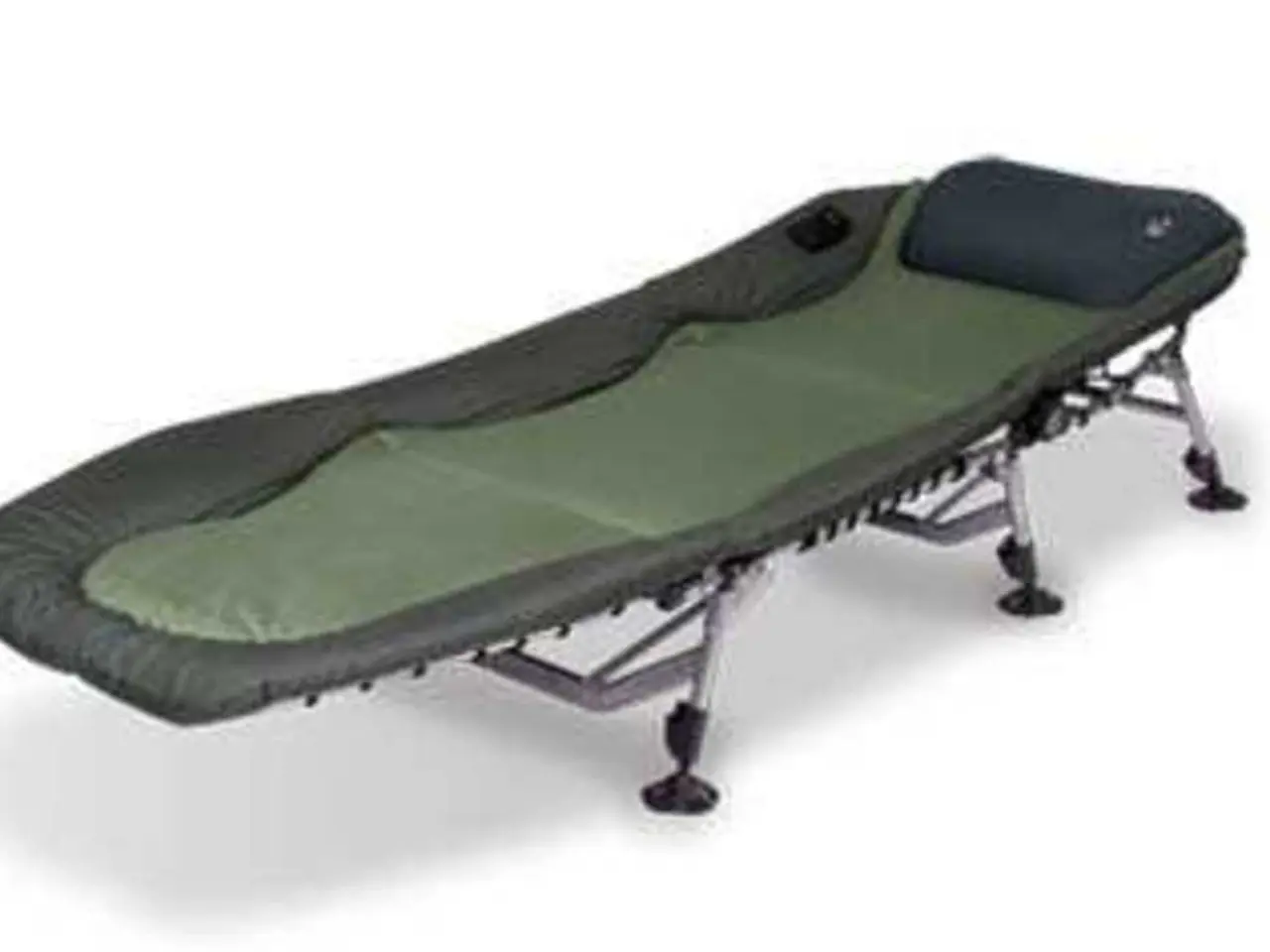Physical Sensations of Pins and Needles Post-Workout: Decoding Your Body's Signals
**Histamine's Role in Exercise and Athletic Performance**
Histamine, a chemical compound primarily known for its role in allergies, also plays a significant part in the body's response to physical exercise. Recent research has shed light on the intriguing ways histamine contributes to muscle function, recovery, and fat metabolism.
Histamine is released from mast cells within skeletal muscles during periods of strain, triggering several key effects that enhance performance and aid in recovery. One such effect is the dilation of blood vessels, which increases blood flow to the muscles, ensuring they receive essential oxygen and nutrients during and after exercise [1][2].
Following exercise, histamine continues to promote beneficial immune responses that aid in muscle recovery. Inflammation, triggered by histamine, is vital for muscle repair and growth, as it helps to rebuild and strengthen the tissue after the microscopic damage caused by exercise [1][2][5].
Moreover, histamine amplifies the expression of genes involved in muscle repair and adaptation, enhancing protein synthesis and contributing to muscle rebuilding and strength gains over time [1].
While histamine's direct impact on fat loss during exercise is less well-documented, increased blood flow and inflammation, both facilitated by histamine, can indirectly support fat metabolism by enhancing the delivery of nutrients and oxygen to tissues, potentially aiding in the effective utilization of fat as a fuel source during exercise.
However, histamine's effects on fatigue are complex, affecting both acute and long-term recovery processes. While histamine release during exercise might contribute to acute fatigue due to increased effort and inflammation, its long-term effects support recovery and potentially reduce persistent fatigue [1][5].
Excessive histamine levels, as seen in allergic reactions or heightened histamine release during intense exercise, can lead to symptoms like heart palpitations or flushing, which may be perceived as fatigue or discomfort [3].
The use of antihistamines to block histamine can have significant implications for exercise gains. Research has shown that blocking histamine at elevated levels can reduce improvements in cardiovascular fitness and muscle adaptation. In a study where participants were given high doses of antihistamines before exercise, their cycling performance improvements were significantly less than those in a placebo group [2].
In summary, histamine plays a vital role in enhancing exercise responses by improving blood flow, facilitating recovery, and promoting muscle adaptation. While it may indirectly support fat metabolism, its impact on fatigue is complex, affecting both acute and long-term recovery processes. Blocking histamine with antihistamines can impair these benefits, potentially reducing exercise gains.
*Exercise and Sport Sciences Reviews* has discussed the intriguing role of histamine in exercise responses, while the *American Podiatric Medical Association* focuses on neuromas, the *National Institute for Fitness and Sport* emphasizes the importance of recovery after exercise, and the *Mayo Clinic* provides information on various conditions such as spinal stenosis, Meralgia paresthetica, chronic exertional compartment syndrome, and Popliteal Artery Entrapment Syndrome (PAES). The *American Heart Association* explains Peripheral Artery Disease (PAD), and the *Cleveland Clinic* discusses electrolytes and leg symptoms associated with sacroiliac joint disorder and related pain. The *AANS* discusses herniated discs, and the *NLM* discusses sciatica.
- The role of histamine in muscle function, recovery, and fat metabolism, revealed through recent research in health-and-wellness, extends beyond its well-known contribution to allergies.
- In the realm of fitness-and-exercise, histamine supplements could potentially support optimal blood flow, inflammation, and muscle repair for enhanced performance and recovery.
- Therapies-and-treatments targeting histamine levels could offer unique benefits for athletes, given the impact of histamine on exercise gains, across a variety of nutrition-focused areas.




